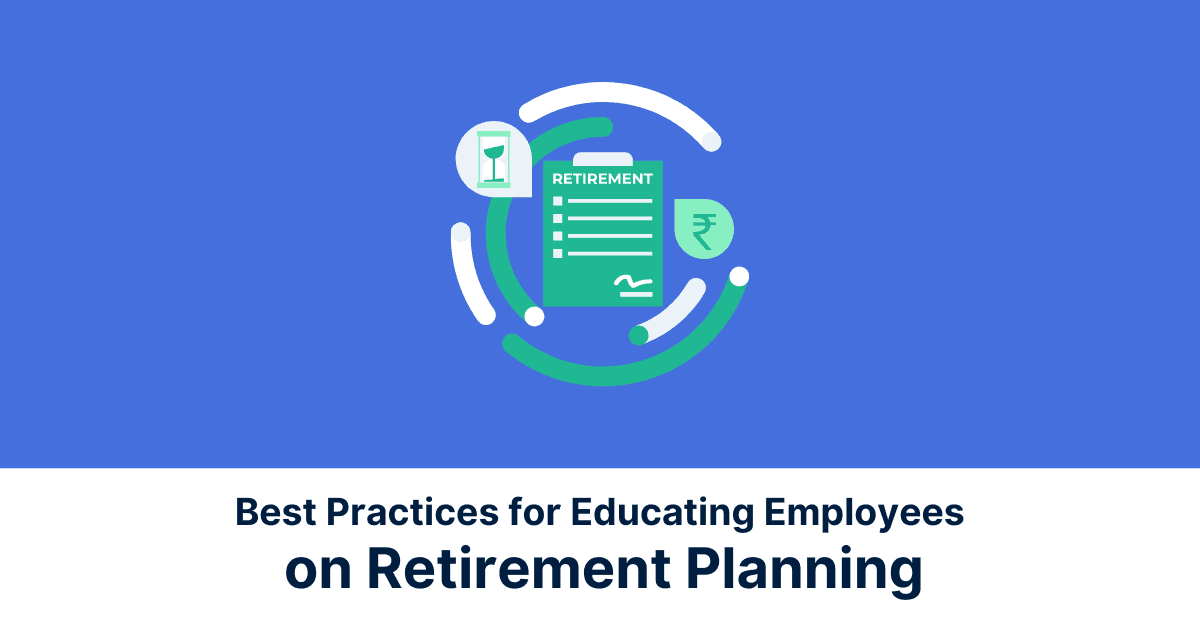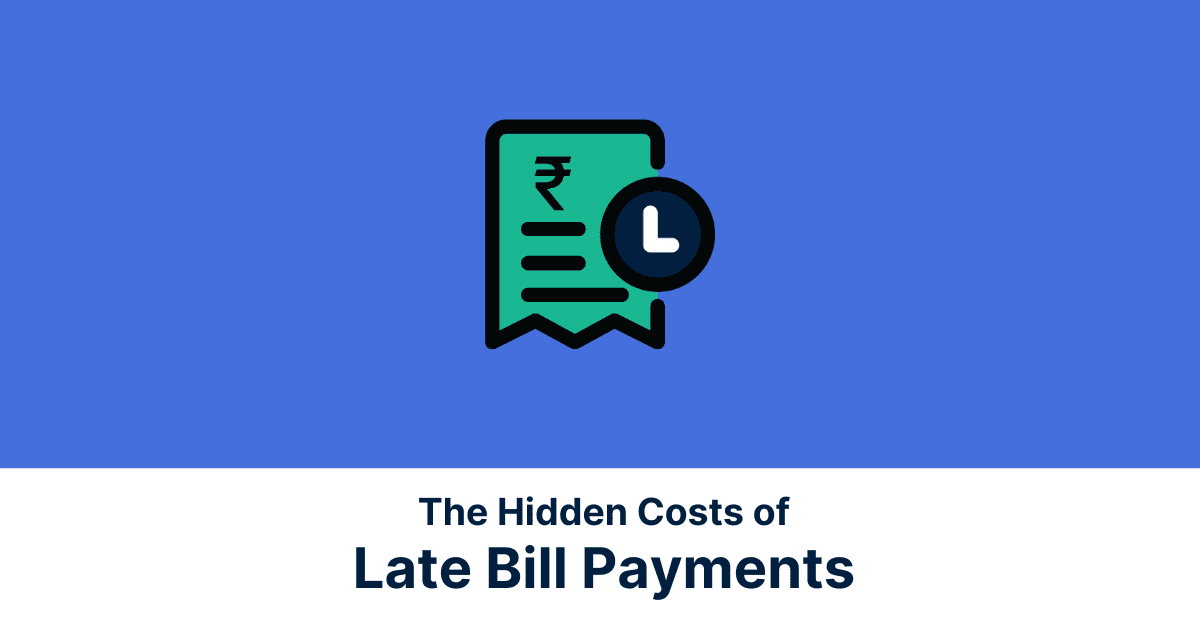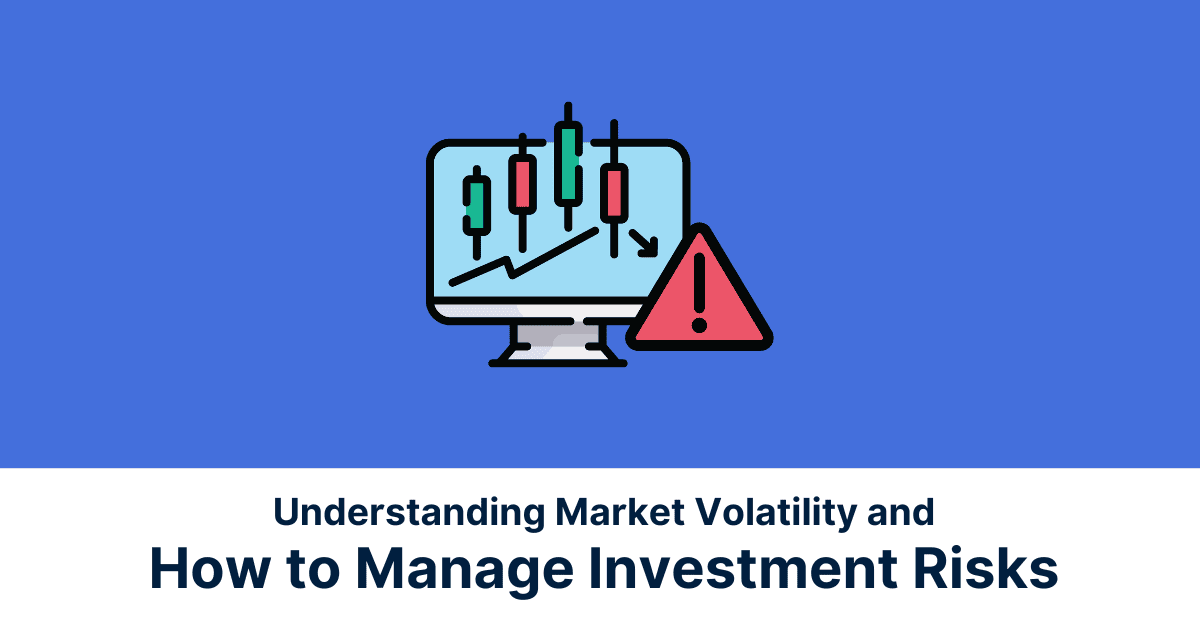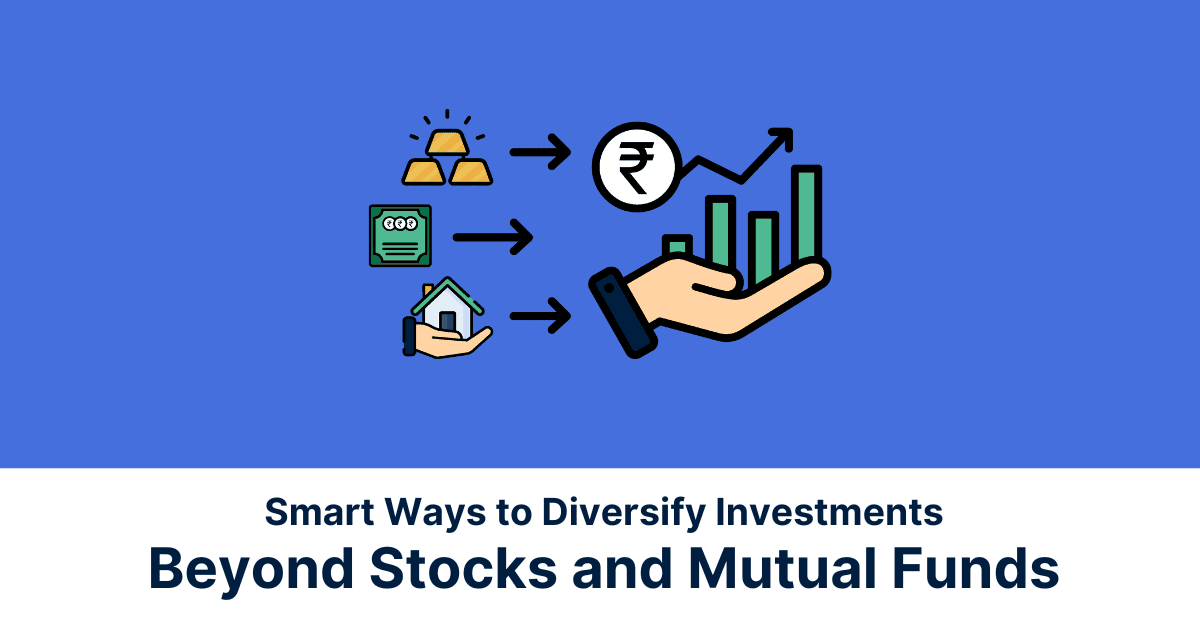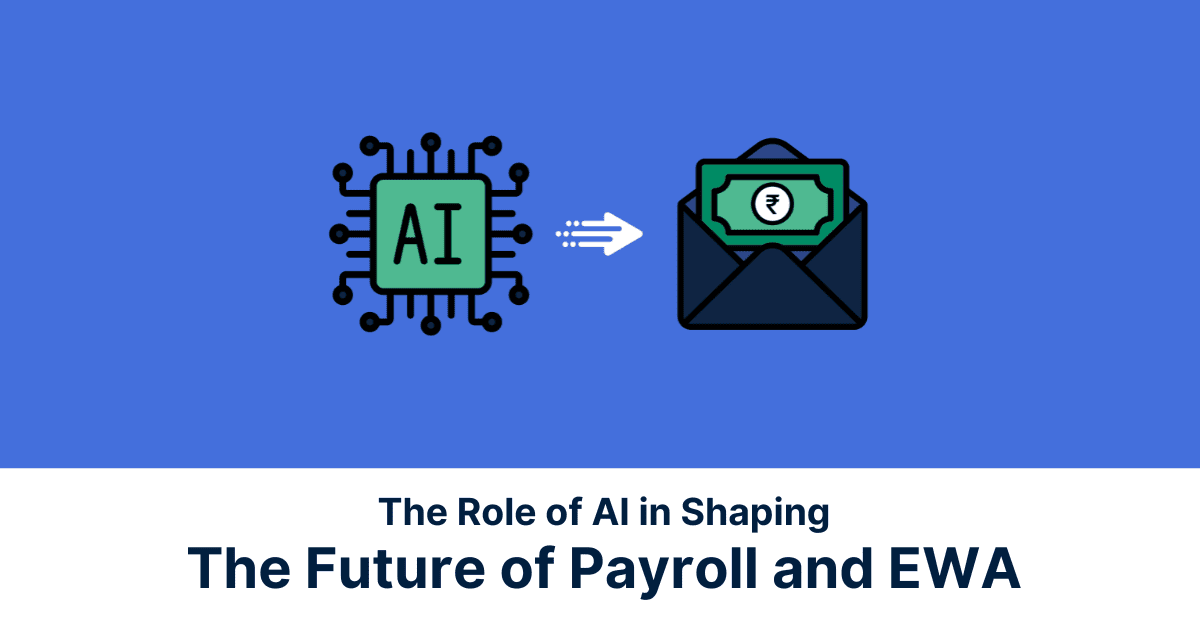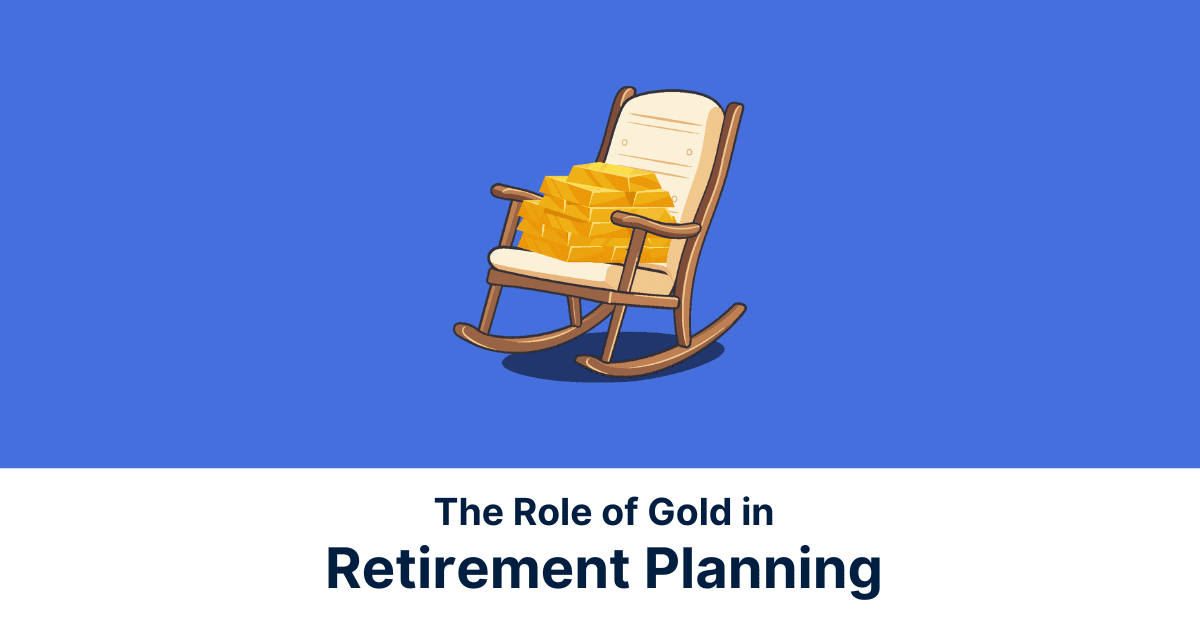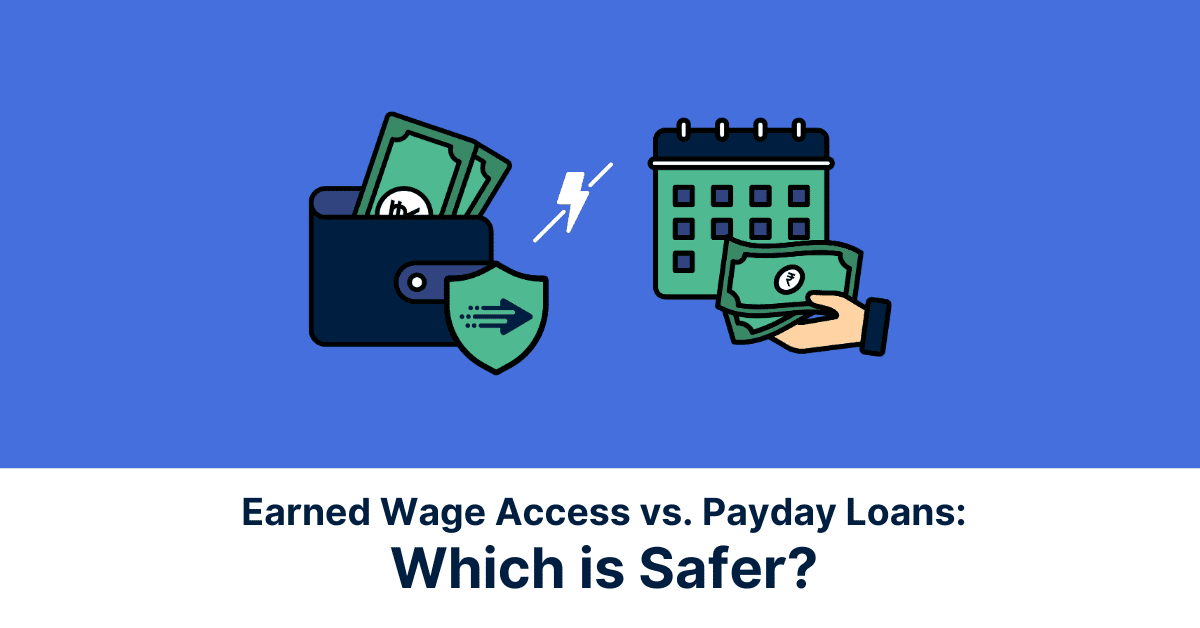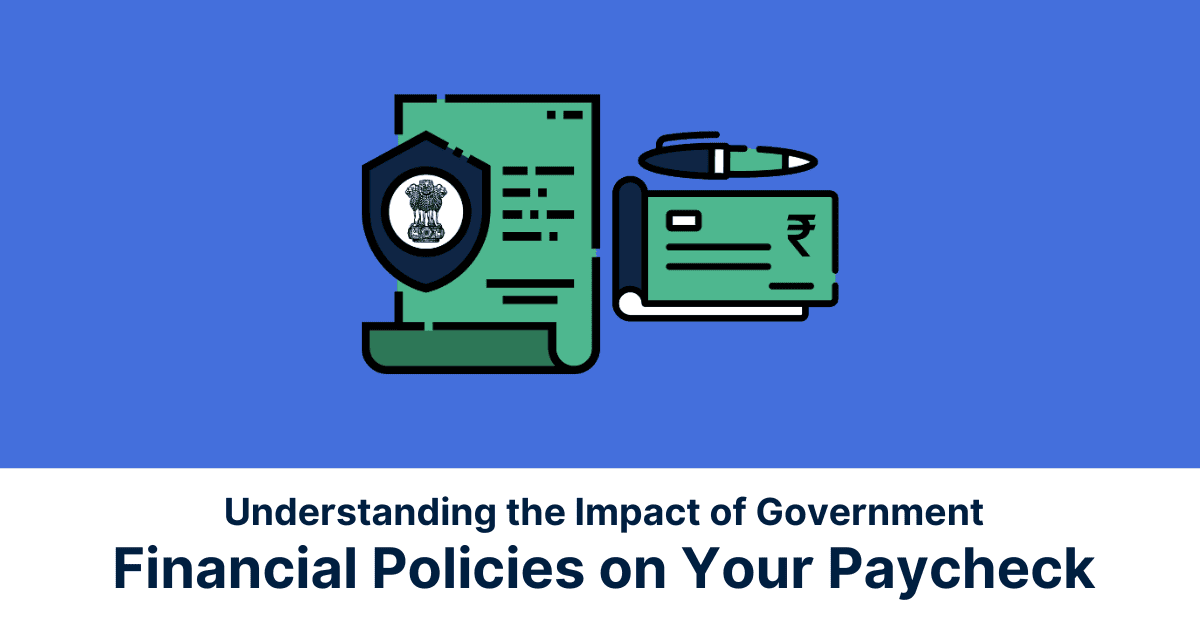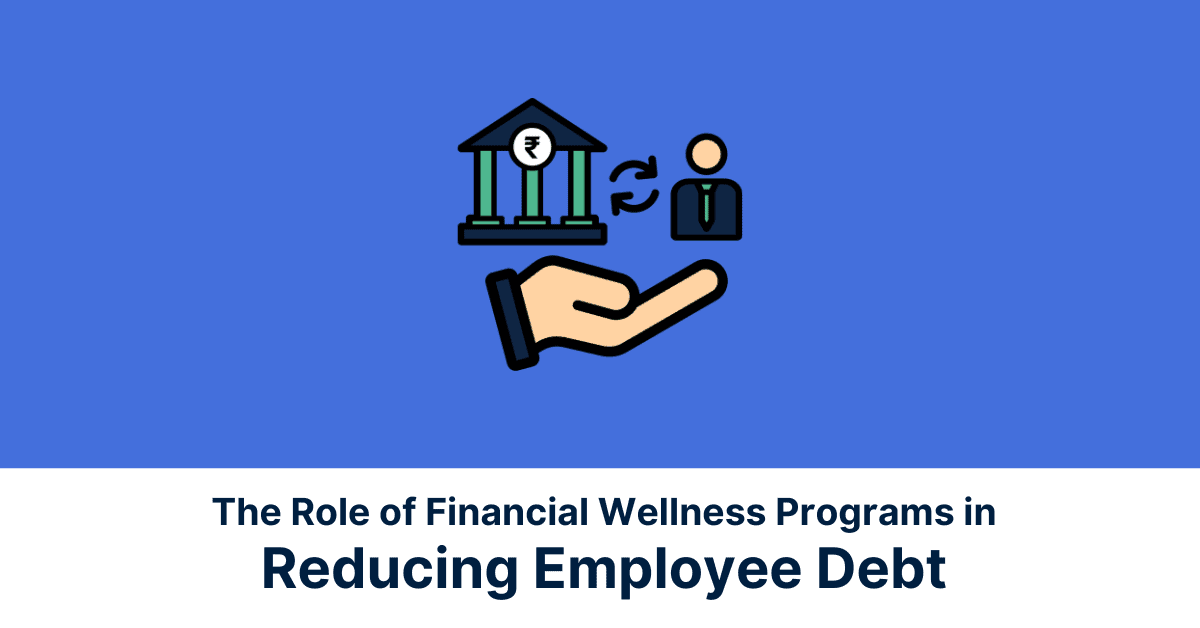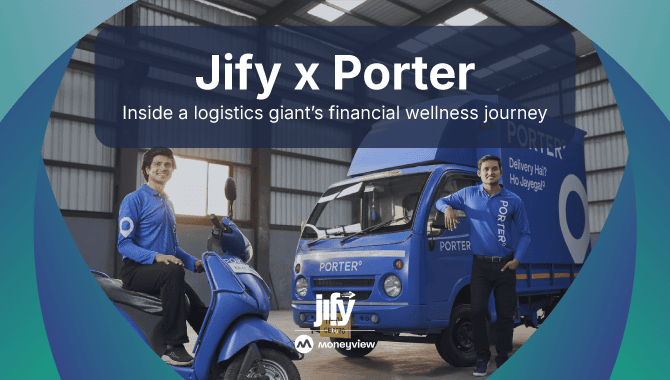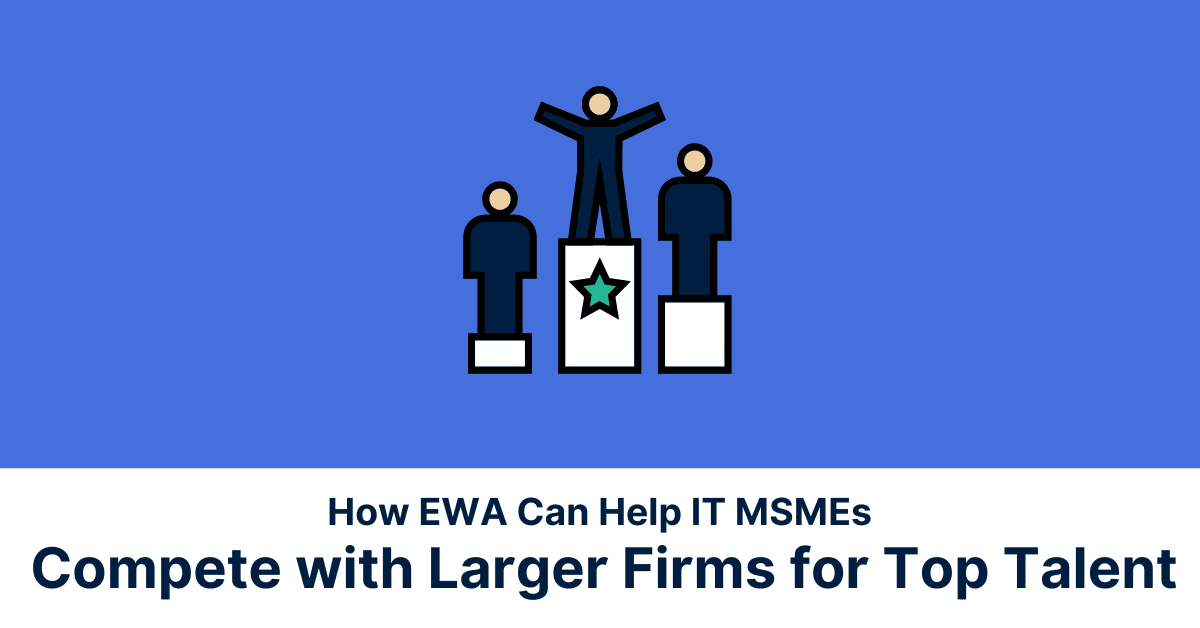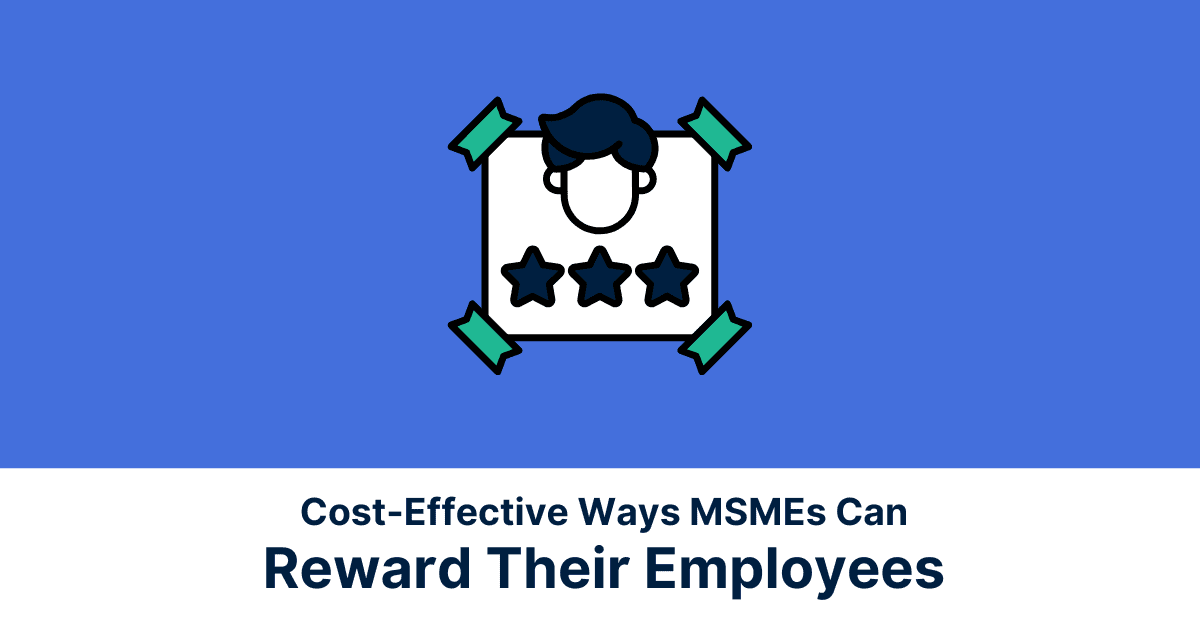Retirement planning is a critical aspect of financial well-being, yet it often remains neglected due to a lack of awareness and understanding. Educating employees about retirement planning is essential to ensure they make informed decisions for their future. This education becomes even more pertinent given the varied retirement plan options available in India.
Overview of Retirement Plans
Retirement plans are financial arrangements designed to provide income after an individual retires from active employment. These plans can be broadly classified into two main types: defined benefit plans and defined contribution plans. Understanding these categories is essential for employees to make informed decisions about their retirement savings and investment strategies.
In India, the Employees’ Provident Fund (EPF) and the National Pension System (NPS) are popular retirement savings schemes. The EPF is a defined contribution plan managed by the Employees’ Provident Fund Organisation (EPFO), where both employees and employers contribute a portion of the salary to the fund. Upon retirement, the accumulated corpus and interest are paid out to the employee. The NPS, introduced by the Government of India, is another defined contribution plan that allows individuals to contribute regularly to a pension account during their working life. Upon retirement, a portion of the corpus can be withdrawn lump sum, and the remaining amount is used to purchase an annuity to provide a regular income.
Understanding the differences between defined benefit and defined contribution plans is crucial for employees to make informed decisions about their retirement savings. Let’s delve into each type to understand their structures, benefits, and potential drawbacks.
Defined Benefit Plans
Defined benefit plans, such as the EPF, are retirement plans where the employer guarantees a predetermined benefit amount upon retirement, based on factors like years of service and salary. In India, such plans are becoming less common in the private sector but remain prevalent in government jobs and some older corporate plans.
Benefits
Predictability: Employees know exactly what they will receive upon retirement.
Security: Since the employer bears the investment risk, employees have guaranteed benefits.
Potential Drawbacks
Cost: These plans can be costly for employers to maintain.
Lack of Flexibility: Employees have less control over their investments and may not benefit from high-performing investment markets.
Defined Contribution Plans
Defined Contribution Plans, such as the NPS and EPF, are more common in the private sector. In these plans, employees and employers contribute a fixed amount or percentage of salary to the retirement account. The final benefits depend on the investment’s performance.
Benefits
Flexibility: Employees can choose their investment options.
Portability: Employees can carry their retirement benefits from one employer to another.
Potential Drawbacks
Investment Risk: Employees bear the investment risk, which can affect their final retirement corpus.
Uncertainty: The final amount received can vary based on market conditions.
Strategies for Effective Retirement Education
Effective retirement planning education requires a structured approach, tailored to the needs of employees. Here are key strategies to consider:
Educational Content Development
Developing comprehensive and accessible educational content is crucial. Content should cover:
- Basics of Retirement Planning: Explain the importance and benefits of early planning.
- Details of Available Plans: Provide specifics on EPF, NPS, PPF, and other relevant plans.
- Investment Strategies: Offer guidance on how to choose the right investment options.
Additionally, take into account that employees’ need differ and therefore, a thorough content strategy to encompass all employee needs should follow a basic structure as follows:
- Segmented Content: Develop content for different employee groups based on age, income level, and career stage. Younger employees might need more basic information, while those closer to retirement need detailed guidance.
- Practical Examples: Use real-life scenarios and case studies to illustrate retirement planning strategies. Show how different decisions can impact retirement outcomes.
- Interactive Tools: Provide calculators and other tools that allow employees to project their retirement benefits based on different variables. These tools can help employees understand the impact of their contributions and investment choices.
- Multimedia Resources: Use a variety of multimedia resources such as videos, infographics, and podcasts to cater to different learning styles. This can help make the content more engaging and accessible.
Various Delivery Methods
Choose delivery methods that cater to different learning styles and preferences. Consider a mix of:
- Workshops and Seminars: Conduct in-person or virtual sessions to explain retirement plan options and strategies. These sessions allow for interactive Q&A and personal engagement.
- E-Learning Modules: Offer online courses that employees can complete at their own pace. These modules can include videos, quizzes, and interactive content to enhance learning.
- Printed Materials: Distribute brochures and handbooks that summarize key points. These materials can serve as handy references that employees can revisit.
- Peer Learning: Encourage peer learning by forming groups or communities where employees can share their experiences and insights about retirement planning. This can help foster a supportive learning environment.
- Gamification: Use gamification techniques such as leaderboards, badges, and rewards to motivate employees to engage with the educational content. This can make learning more fun and competitive.
Integrating Technology
Utilize technology to enhance learning and engagement while making it more accessible for all. Tools like mobile apps, e-learning platforms, and interactive calculators can make learning about retirement planning more accessible and engaging.
- E-learning Platforms: Provide structured courses that employees can follow at their own pace.
- Mobile Apps: Offer easy access to information and tools for planning and tracking retirement savings.
- Interactive Calculators: Help employees visualize their savings goals and retirement income.
Additionally in times of AI, AI-powered tools can be leveraged to provide personalized recommendations and insights based on employees’ financial data and retirement goals. These tools can help make retirement planning more precise and tailored to individual needs, without needing a high investment that can be procured when delivering personalization.
Utilizing Experts
Involving experts can add credibility and depth to your retirement education program. Here’s how to make the most of their expertise:
- Financial Advisors: Partner with certified financial planners to offer personalized guidance to employees. Advisors can provide one-on-one sessions to address specific concerns. Employers can also partner with financial wellness providers such as Jify who can provide their employees access to certified financial advisors and host webinars to help build stable financial foundations.
- Guest Speakers: Invite industry experts to speak at seminars and workshops. Experts can offer insights into market trends and best practices in retirement planning.
- Consulting Services: Provide one-on-one consulting sessions to address individual concerns and questions. This personalized approach can help employees feel more confident in their planning.
- Panel Discussions: Organize panel discussions with multiple experts to provide diverse perspectives on retirement planning. These discussions can help employees understand different viewpoints and approaches.
- Regular Check-Ins: Schedule regular check-ins with financial experts to ensure employees stay on track with their retirement goals. These check-ins can provide ongoing support and guidance.
Encouraging Continuous Learning
Retirement planning should be an ongoing process. Encourage continuous learning by:
- Regular Updates: Share the latest information on retirement planning strategies and market trends. Use newsletters, emails, or internal bulletins to keep employees informed.
- Annual Reviews: Encourage employees to review their retirement plans annually and make adjustments as needed. Provide tools and resources to help with this process.
- Ongoing Training: Offer refresher courses and advanced training sessions periodically. This can help employees stay updated on new developments and refine their strategies.
- Learning Incentives: Offer incentives such as certificates, bonuses, or recognition for employees who actively participate in continuous learning activities. This can motivate employees to stay engaged.
- Mentorship Programs: Establish mentorship programs where experienced employees can guide their peers in retirement planning. This can facilitate knowledge sharing and support continuous learning.
Feedback Mechanisms
Implement feedback mechanisms to gauge the effectiveness of your retirement planning education program. Methods include:
- Surveys and Questionnaires: Collect feedback on the content and delivery methods.
- Focus Groups: Conduct in-depth discussions with a select group of employees.
- Performance Metrics: Track engagement levels and improvements in employees’ retirement planning activities.
- Suggestion Boxes: Provide anonymous suggestion boxes for employees to share their thoughts and ideas. This can encourage more honest and candid feedback.
Adapting to Changes
The financial landscape and retirement regulations are constantly evolving, and staying updated with these changes is crucial for maintaining an effective retirement education program. Here’s how to ensure your education program adapts to these changes:
- Staying Updated: Keep abreast of changes in retirement planning laws and market conditions. Subscribe to industry publications, join professional organizations, and attend relevant conferences and webinars to stay updated on the latest trends and regulations in retirement planning. For example, keeping track of changes in the National Pension System (NPS) guidelines or updates from the Employees’ Provident Fund Organisation (EPFO) is essential for accurate guidance.
- Flexible Learning Modules: Update your educational content regularly to reflect new information and best practices. Ensure that all materials, including printed brochures, online resources, and e-learning modules, are current and relevant. Regularly review and revise content to incorporate changes in tax laws, retirement benefits, and financial products.
- Employee Feedback: Use feedback mechanisms to gather insights from employees about their needs and preferences. If employees express a need for more information on specific topics or new formats for learning, be ready to adapt. For instance, if there’s a growing interest in digital currencies or sustainable investments, consider including these topics in your curriculum.
- Regulatory Compliance: Ensure that your retirement education program complies with the latest legal and regulatory requirements. This includes understanding and communicating any new rules or guidelines issued by regulatory bodies such as the Securities and Exchange Board of India (SEBI) or the Insurance Regulatory and Development Authority of India (IRDAI). Regularly consult with legal and financial experts to ensure compliance.
- Market Trends: Keep an eye on market trends and economic indicators that could impact retirement planning. For example, fluctuations in interest rates, inflation rates, and stock market performance can affect retirement savings and investment strategies. Provide timely updates and advice to employees based on these trends to help them make informed decisions.
Conclusion
Educating employees on retirement planning is a vital responsibility for employers. By providing comprehensive retirement benefits education and utilizing effective retirement planning strategies, you can empower your employees to secure their financial future. Focus on developing robust educational content, leveraging technology, utilizing experts, and encouraging continuous learning. Through these efforts, employees will gain a deeper understanding of their retirement plan options and be better prepared for a financially stable retirement.
FAQs
How can employers make retirement planning education more engaging?
Here are key strategies employers can consider implementing to make education engaging:
- Assess Needs: Understand the demographic and financial literacy levels of your employees to tailor the education program accordingly. Conduct surveys or interviews to gauge their knowledge and preferences.
- Clear Communication: Use simple and clear language to explain complex financial concepts. Avoid jargon and provide practical examples to illustrate points.
- Regular Updates: Keep employees informed about changes in retirement plan options and regulations. Send out regular newsletters or updates to keep the information fresh and relevant.
- Engagement Activities: Use interactive activities such as quizzes, simulations, and role-playing to engage employees in the learning process. These activities can make learning more enjoyable and memorable.
- Personalized Advice: Offer personalized advice sessions where employees can discuss their specific retirement planning needs and receive tailored recommendations. This can increase the relevance and impact of the education program
What are the best practices for updating retirement education programs?
Revamp your retirement education programs for a smarter future, here are some best practices you can follow:
- Keep content fresh by incorporating the latest trends in investments, taxes, and social security.
- Tailor it to resonate with different age groups – young workers might need basic building blocks, while pre-retirees crave in-depth strategies.
- Ditch the one-size-fits-all approach! Offer workshops, webinars, or online modules to cater to various learning styles.
- Don’t just dump information – empower participants with practical tools, calculators, and templates to craft personalized retirement plans.
Remember, financial planning is a marathon, not a sprint. Provide ongoing support through resources, online communities, or refresher courses to keep participants engaged throughout their careers.
*Disclaimer:
The information contained herein is not intended to be a source of advice concerning the material presented, and the information contained in this article does not constitute investment advice. The ideas presented in the article should not be used without first assessing your financial situation or without consulting a financial professional.
